The Middle East, a region steeped in history and rich cultural heritage, is home to some of the world’s most captivating landmarks. From ancient wonders to modern architectural marvels, these iconic sites not only showcase the region’s breathtaking beauty but also provide a look into its diverse past and vibrant present. From the timeless allure of the Pyramids of Giza to the architectural splendor of Petra, each landmark tells a story, offering a glimpse into the rich tapestry of the Middle East.
The Pyramids of Giza, Egypt
No exploration of the Middle East’s landmarks would be complete without mentioning the Pyramids of Giza. Standing tall on the outskirts of Cairo, these legendary structures have fascinated travelers for millennia. The Great Pyramid of Giza, the last remaining wonder of the ancient world, is a testament to the engineering prowess of the ancient Egyptians. As the sun casts its golden rays upon these colossal structures, the Pyramids become a symbol of Egypt’s ancient civilization and a reminder of its everlasting legacy.
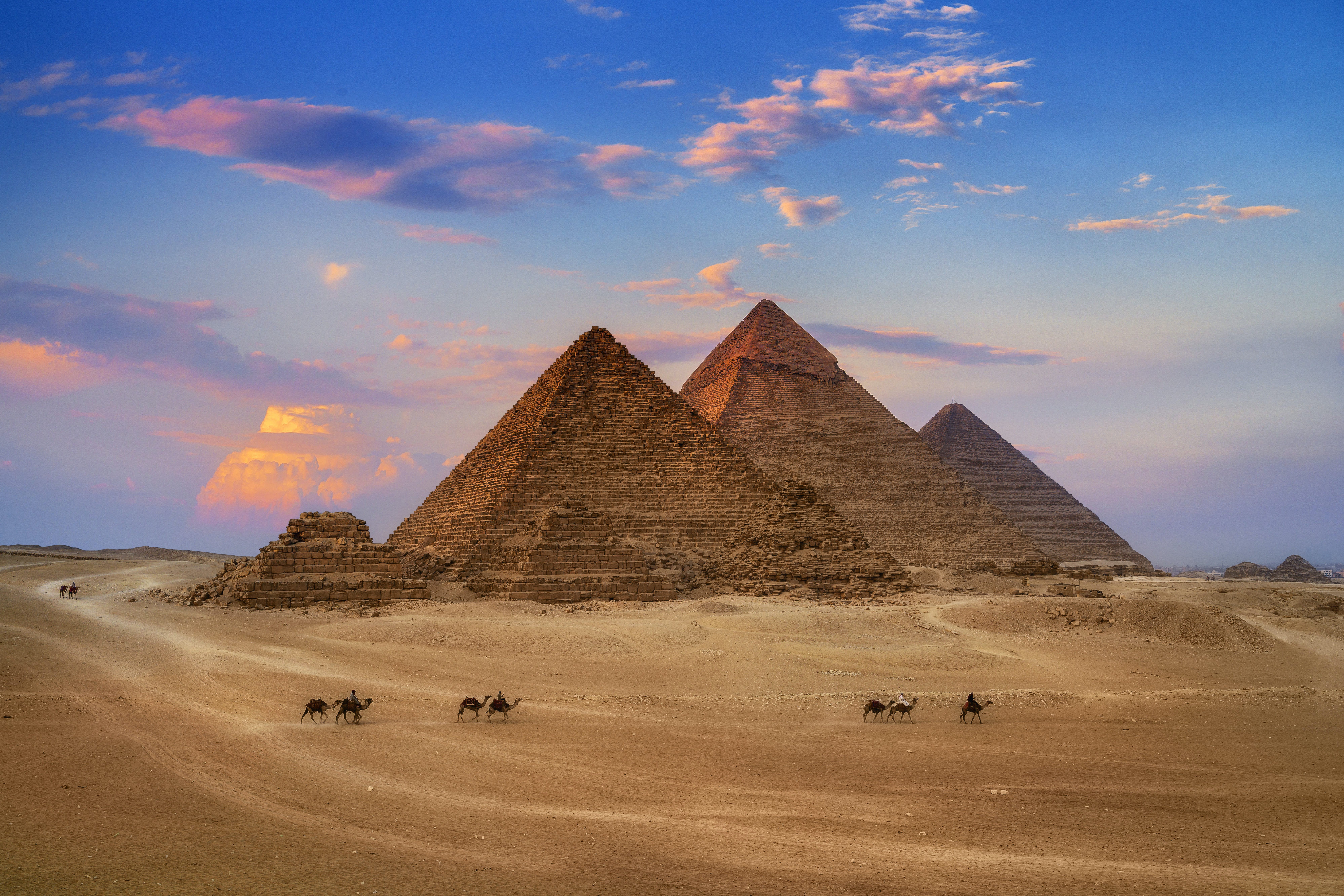

Petra, Jordan
Hidden amidst the rugged desert terrain of Jordan, the rose-red city of Petra is a UNESCO World Heritage Site and a true architectural marvel. Carved into the pink sandstone cliffs, the intricate facades of the Treasury, the Monastery, and countless other structures transport visitors to a bygone era. As you navigate through the narrow Siq, the anticipation builds until the Treasury reveals itself in all its grandeur, leaving you in awe of the skilled craftsmanship of the Nabateans.
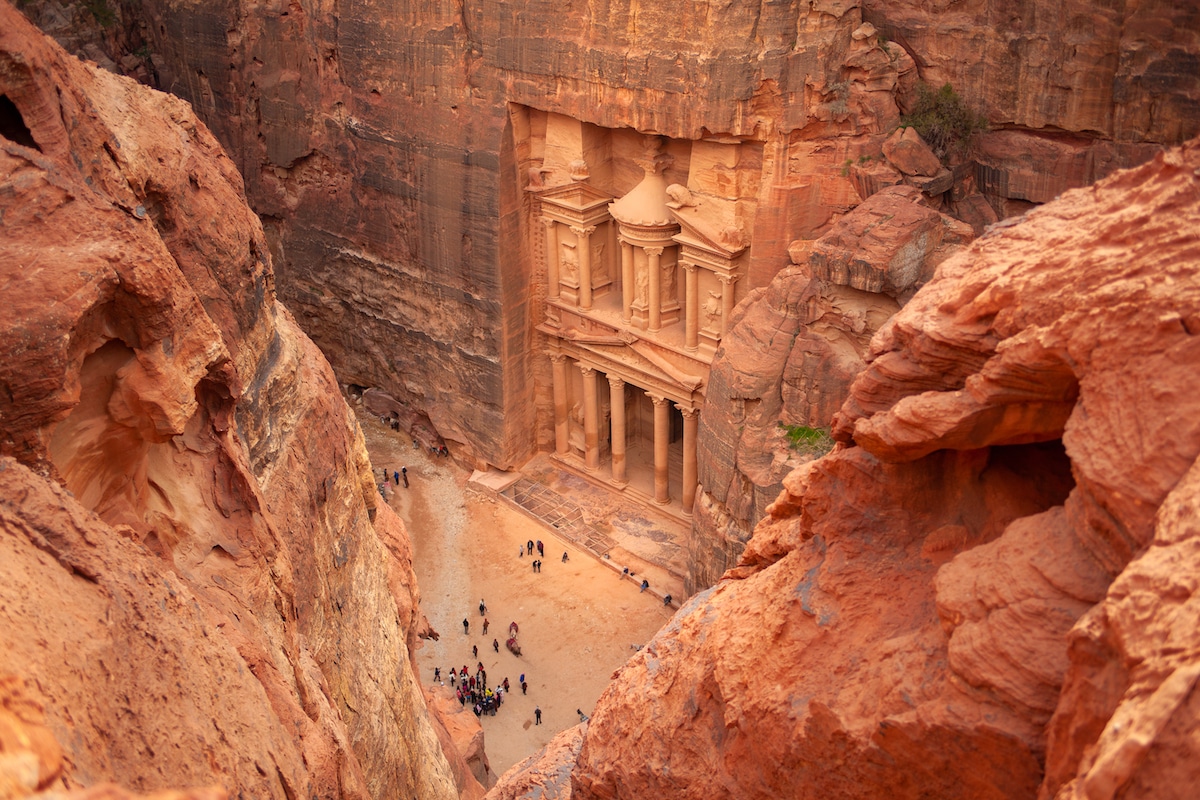

Sheikh Zayed Grand Mosque, Abu Dhabi
A gleaming symbol of modern Islamic architecture, the Sheikh Zayed Grand Mosque in Abu Dhabi is a sight to behold. With its gleaming white marble, intricate floral designs, and shimmering chandeliers, this mosque showcases the opulence and grandeur of the region. The main prayer hall, adorned with the world’s largest hand-woven carpet, can accommodate thousands of worshippers. A visit to this majestic landmark offers a serene and spiritual experience, highlighting the harmony between tradition and modernity.
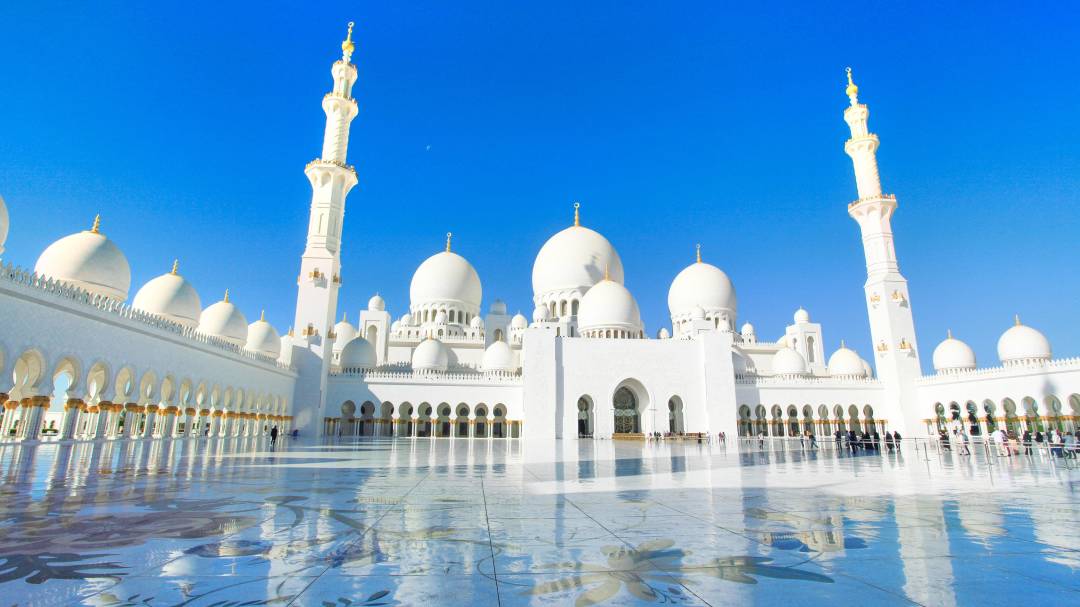

Wadi Rum, Jordan
Known as the Valley of the Moon, Wadi Rum in Jordan is a mesmerizing desert landscape that resembles an otherworldly realm. Its towering sandstone cliffs, vast red dunes, and rugged canyons create a surreal and captivating atmosphere. This natural wonder has not only served as a backdrop for numerous films but also offers visitors the opportunity to experience Bedouin culture, embark on thrilling desert safaris, and gaze at the star-filled night sky in all its glory.
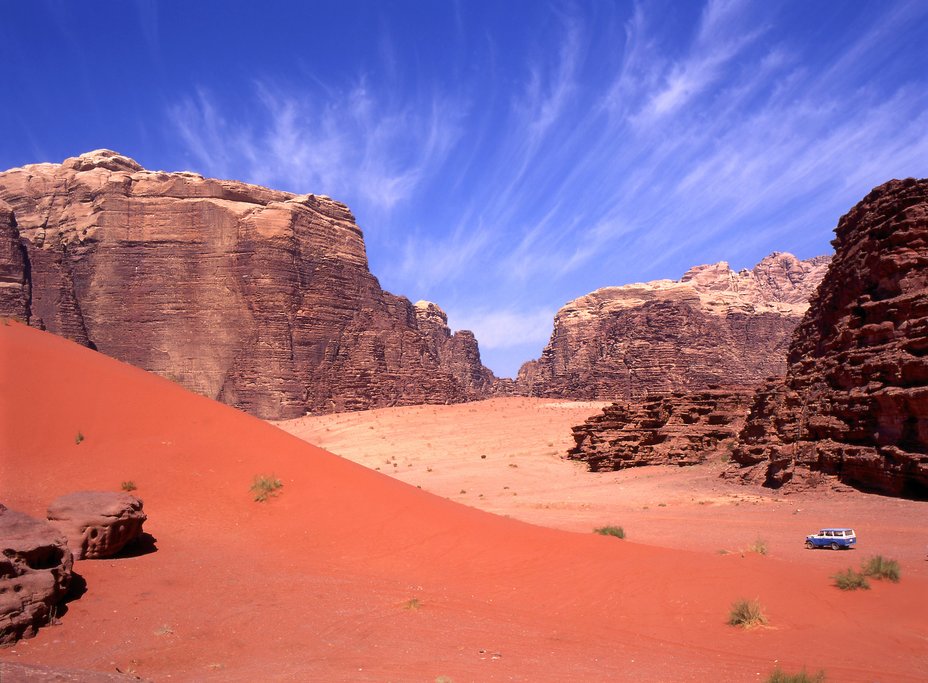

The Amphitheater of Jem, Tunisia
The city of El Djem is situated inland from the east coast of Tunisia 60 km south of Sousse. Built on a former Punic settlement, it was one of the main Roman cities of North Africa and was known as Thysdrus, an important center of olive oil manufacture and export. El Djem is most famous for its amphitheater, which was the largest in North Africa, it was constructed between 230 and 238 AD by Marcus Antonius Gordianus Sempronianus, the proconsul of North Africa. Until the 17th century, the amphitheater remained fairly intact, although many of its stones were removed to be used in the construction of the Great Mosque in Kairouan.
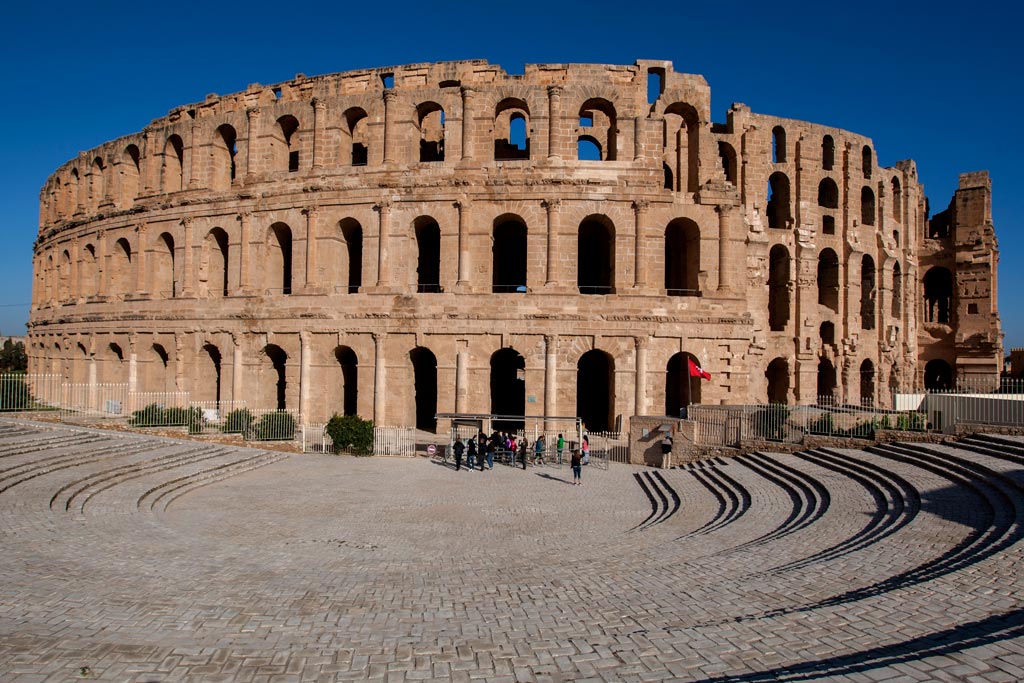

The Church of Notre Dame of Africa, Algeria
Located in Algeria, stands as a significant landmark that holds historical and religious significance. Constructed in the late 19th century, this magnificent basilica showcases a blend of architectural styles, combining elements of Roman and Moorish designs. Its grand façade features intricate detailing, with a prominent rose window and towering twin bell towers. The interior is adorned with stunning stained glass windows that depict biblical scenes, along with ornate altars and statues.
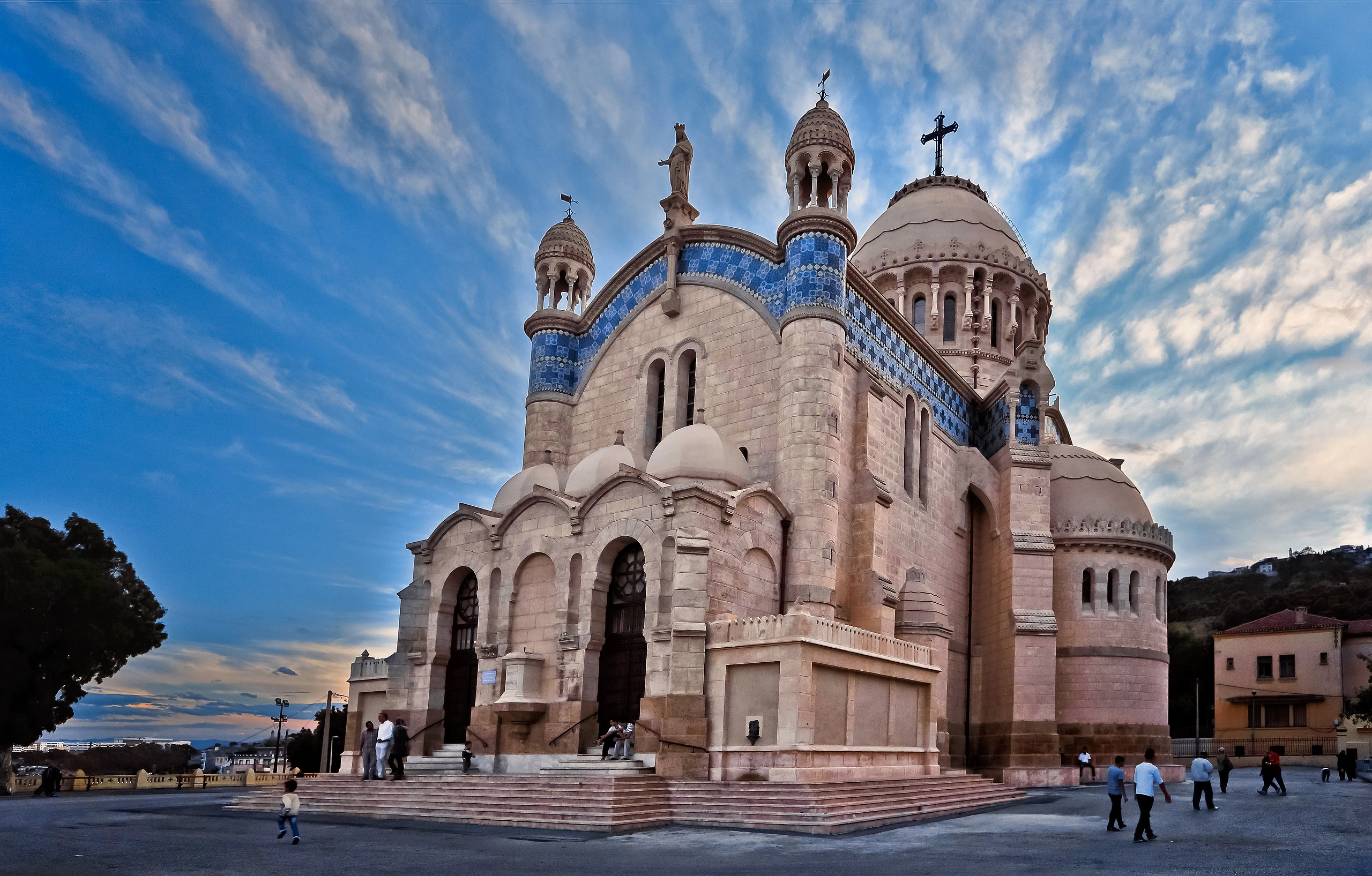

Burj Khalifa, UAE
Located in the United Arab Emirates is an iconic skyscraper that has become a symbol of Dubai’s modernity and ambition. Standing at a staggering height of 828 meters, it’s one of the tallest man-made structures in the world. Burj Khalifa’s sleek and futuristic design reflects a blend of Islamic architecture with contemporary engineering marvels. The tower’s exterior is covered with glass and aluminum panels, creating a shimmering effect as it reflects the sun’s rays. Inside, it houses luxurious hotels, residential apartments, observation decks, and corporate offices. Burj Khalifa’s observation deck on the 148th floor, known as “At the Top Sky,” offers panoramic views of the city and beyond, attracting millions of visitors each year.


Al-Masjid an-Nabawi, Saudi Arabia
Saudi Arabia’s holy city of Medina, holds immense significance in the Islamic world. This grand mosque serves as the final resting place of Prophet Muhammad and is considered the second holiest site in Islam, after the Masjid al-Haram in Mecca. The mosque’s architectural style has evolved over the centuries, with expansions and renovations carried out to accommodate the growing number of pilgrims. Its iconic green dome, known as the Dome of the Prophet, is a recognizable feature of the mosque’s skyline. The interior boasts intricate calligraphy, ornate chandeliers, and a serene atmosphere. Al-Masjid an-Nabawi offers a place of spiritual solace, drawing millions of Muslims who visit to offer prayers and seek blessings.
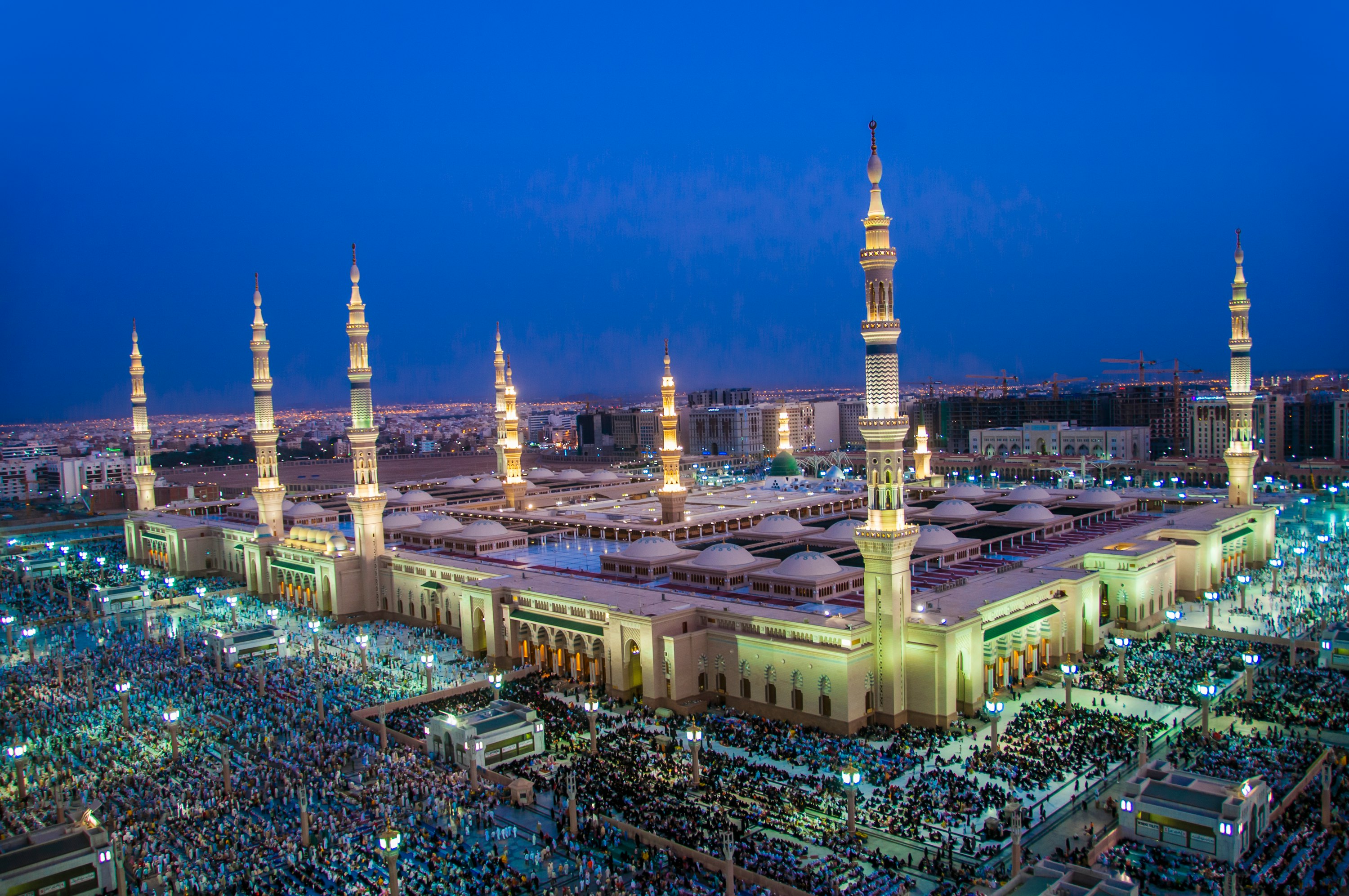

Luxor Temple, Egypt
The city of Luxor, Egypt, stands as a testament to the magnificence of the ancient Egyptian civilization. Built over 3,000 years ago, this temple complex was dedicated to the rejuvenation of kingship and the worship of deities like Amun, Mut, and Khonsu. The temple’s architecture showcases the classical Egyptian style, with towering columns, colossal statues, and intricate hieroglyphic carvings. The Great Court, the Hypostyle Hall, and the obelisks are among the temple’s notable features.
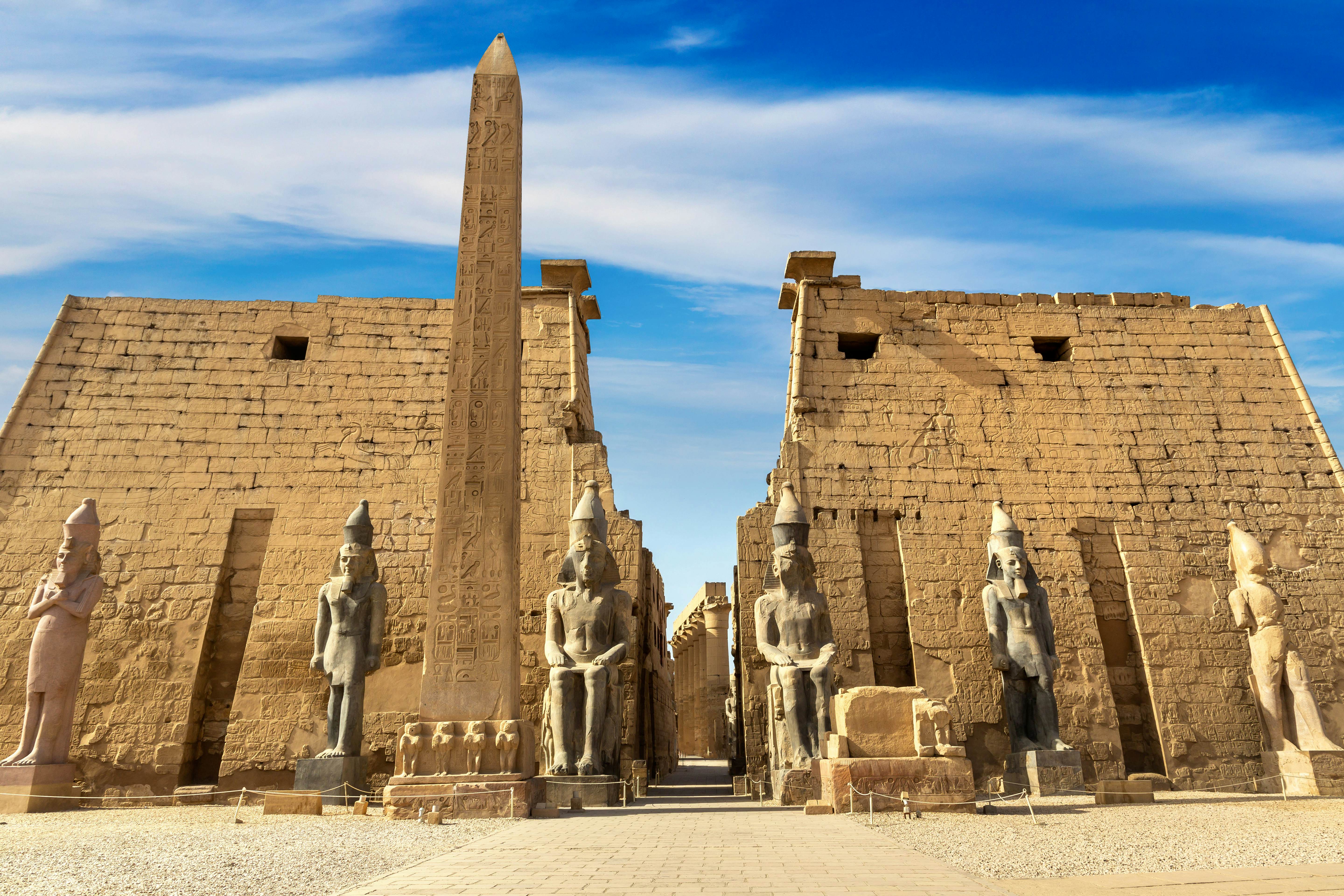

The Erbil Citadel, Iraq
Situated in Erbil, Iraq, is a historic and architectural gem that holds a significant place in the region’s history. Dating back over 6,000 years, it is considered one of the oldest continuously inhabited settlements in the world. The citadel stands atop an artificial mound and is enclosed by impressive fortified walls. Its architectural design reflects the diverse influences of various civilizations that have occupied the region throughout history, including the Assyrians, Persians, and Ottomans. The citadel is a labyrinth of narrow streets, traditional houses, mosques, and markets, providing a glimpse into the rich cultural heritage of the area.
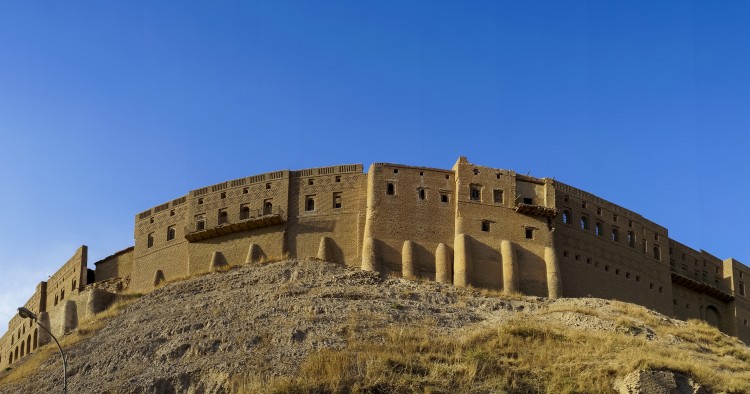

The Middle East is a treasure trove of captivating landmarks that captivate the imagination and showcase the region’s unparalleled beauty and cultural heritage.
WE SAID THIS: Don’t Miss…Unique Destinations To Visit On Your Journey Through Tunisia


